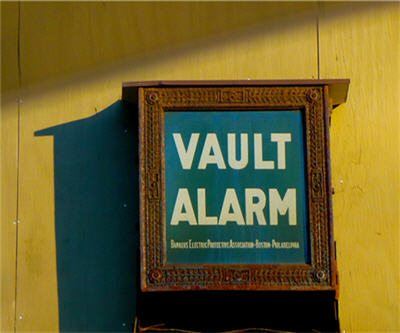
The price of gold slid for the fifth straight session on Tuesday continuing a retreat in the metal from its 2014 highs above $1,380 struck mid-March.
On the Comex division of the New York Mercantile Exchange, gold futures for June delivery settled at $1,280.00 an ounce, down $3.80 or 0.3% from Monday’s close to a 7-week low.
Gold was also hurt by fresh outflows from exchange traded funds backed by physical gold. Net redemptions equaled 6.4 tonnes on Monday, the biggest daily reduction since December 23.
Last week was the second week in a row of outflows from all gold ETFs taking total bullion allocated to investors by funds down to 1,759.4 tonnes.
Gold bullion holdings in global ETFs hit a record 2,632 tonnes or 93 million ounces in December 2012, but last year saw net redemptions of 800 tonnes.
Holdings of SPDR Gold Shares (NYSEARCA: GLD) – the world’s largest gold ETF holding more than 45% of the total – have also been on a declining path with 10.5 tonnes pulled out of GLD over the past week.
At the end of the trading day Tuesday, GLD holdings stood at 810.9 tonnes, down from more than 1,350 tonnes in December 2012.
The gold price is still up 7% since the start of the year and the metal’s strong showing in 2014 has surprised a number of forecasters.
On Tuesday, Deutsche Bank became the latest bullion bank to revise upwards its earlier forecast, albeit still below today’s trading range.
Kitco reports the bank, Europe’s second largest, upped its 2014 average gold price estimate by 10% to $1,261 an ounce with a strong second quarter at $1,300 to be followed by $1,250 and $1,200 in the third and fourth quarters:
“We expect gold prices will succumb to positive growth shocks in the US and QE (quantitative easing) tapering since combined these will encourage further advances in US real yields, fresh highs in the S&P 500 and a stronger US dollar,” the bank said.
The S&P 500 did in fact reach a new record on Tuesday at 1,885.52 points after manufacturing data and car sales in the US pointed to a strong economy which boosted the dollar. The greenback and gold usually move in opposite directions.
Image by beckycaplice